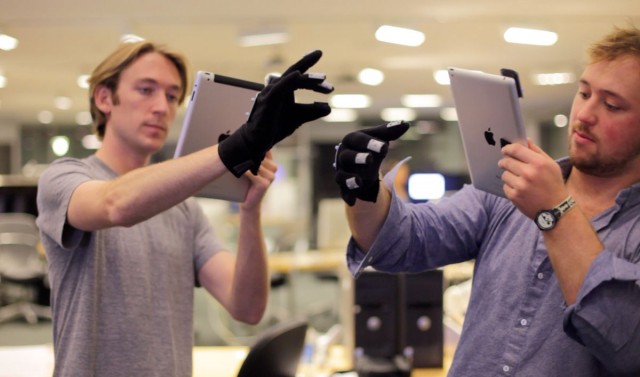On October 28th, the Envision Charlotte project was launched during a celebration at Two Wells Fargo Plaza in uptown Charlotte. As part of the celebration, interactive displays were turned on as part of an effort to establish Charlotte as the "most sustainable urban core in the country". Although this is a lofty goal, it is important.
Although I am a little disappointed that I missed the Envision Charlotte launch party, I was happy to learn that I how interactive technology will play a role in helping people support the goals of Envision Charlotte and Duke Energy's Smart Energy Now campaign:
According to information from the Smart Energy NowSM blog, large interactive display kiosks in urban spaces will encourage a large number of people to make simple changes in their daily work lives by showing the correlation between their actions and energy consumption. "The kiosks will be in approximately 70 buildings in uptown Charlotte. More than 80,000 employees will be able to visualize real-time energy usage as a single number — a number that could lead to real change in the way Uptown uses energy." 35 buildings were installed with 47-inch displays during the first phase of this endeavor, with more planned for the near future.
It is possible that this effort might help to decrease energy use within the uptown business section by 20% over the next five years.
Video: Envision Charlotte-Uniting for a Sustainable City
I'll bring my video camera the next time I visit Uptown Charlotte to get a closer view of the interactive displays!
RELATED

Uptown Workers to be key players in green initiative
The Smart Energy Now program sponsors are Cisco, Verizon, and Duke Energy.
Smart Energy Blog
Envision Charlotte
Although I am a little disappointed that I missed the Envision Charlotte launch party, I was happy to learn that I how interactive technology will play a role in helping people support the goals of Envision Charlotte and Duke Energy's Smart Energy Now campaign:
According to information from the Smart Energy NowSM blog, large interactive display kiosks in urban spaces will encourage a large number of people to make simple changes in their daily work lives by showing the correlation between their actions and energy consumption. "The kiosks will be in approximately 70 buildings in uptown Charlotte. More than 80,000 employees will be able to visualize real-time energy usage as a single number — a number that could lead to real change in the way Uptown uses energy." 35 buildings were installed with 47-inch displays during the first phase of this endeavor, with more planned for the near future.
It is possible that this effort might help to decrease energy use within the uptown business section by 20% over the next five years.
Video: Envision Charlotte-Uniting for a Sustainable City
I'll bring my video camera the next time I visit Uptown Charlotte to get a closer view of the interactive displays!
RELATED

Uptown Workers to be key players in green initiative
The Smart Energy Now program sponsors are Cisco, Verizon, and Duke Energy.
Smart Energy Blog
Envision Charlotte



